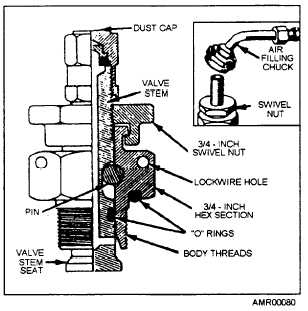Figure 5-8.—High-pressure air valve, MS 28889-1.
caution. To release the air pressure from a system
equipped with a high-pressure air valve, you should
remove the dust cap from the valve and release the
pressure by slowly turning the swivel nut
counterclockwise.
NOTE: Dust covers are not used in most operating
squadrons because they are a foreign object damage
(FOD) hazard.
CAUTION
When loosening the swivel nut, you should
make sure that the hex body nut is either
lockwired in place or held tight with a
wrench. If it were to be loosened before the
air pressure is relieved, serious injury to per-
sonnel may result.
Low pressure indicates a leak in the system. This
leak must be found and corrected. When a leaking,
high-pressure air valve must be replaced, a new
packing must be installed with the replacement air
valve assembly. Ensure the required torque, as
required by the MIM, is applied to the hex body. After
the hex body is torqued, it is lockwired to the
component or surrounding structure, as specified in
the MIM, by using the holes provided in the hex body
nut.
When the correct pressure has been reached in the
system that is being serviced, you should secure the air
valve by tightening the swivel nut in a clockwise
direction. Once again, torque the swivel nut to the
required torque listed in the MIM.
After using the high-pressure air valve, you should
secure the pressure source, remove the air/nitrogen
pressure charging chuck, and replace the valve cap.
Install the valve cap fingertight.
Air or Nitrogen Servicing Trailer
A servicing trailer, similar to the one in figure 5-9,
is found at most naval air activities for servicing
aircraft hydraulic and pneumatic systems. This trailer
carries six air or nitrogen storage cylinders and the
necessary flow-controlling mechanisms. The trailer
has a 30-foot hose stowed in a box that is mounted
between the top two bottles.
The air or nitrogen servicing trailer has a purifier
(dehydrator) assembly. This purifier assembly is
essentially a reservoir that contains a chemical drying
agent. The chemical drier removes moisture that may
have adhered to the valves or have been accidentally
introduced into the system. The chemical is contained
in a metal cartridge or can, which is changed
periodically. The gas passes through the drier just
before it enters the servicing hose. The trailer has a set
of manifold control valves and two regulator valves.
The bottle on the air or nitrogen servicing trailer may
be recharged by using a high-pressure compressor.
NOTE: When recharging the cylinders on the air
or nitrogen servicing trailer, you should ensure that the
cylinder pressure does not exceed the pressure
specified for the equipment being recharged.
When operating the servicing trailer, you should
observe the following safety precautions.
When a system or component is being charged,
only a qualified licensed operator should operate the
trailer. Complete familiarity with the trailer is a basic
prerequisite to ensure safe operating techniques.
The servicing hose end and installation
connection fitting should be thoroughly inspected
before servicing, and any particles of foreign material
removed.
Never charge a system or component without the
proper fusible safety plug and blowout disc in the trailer
charging system.
5-13

